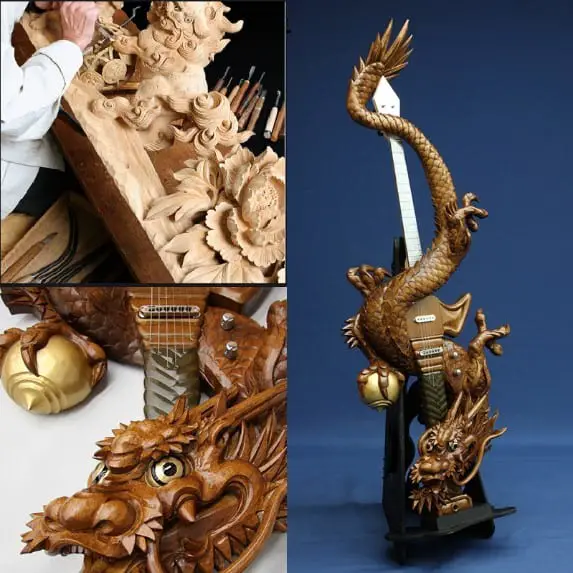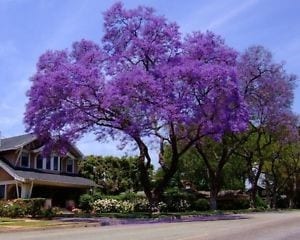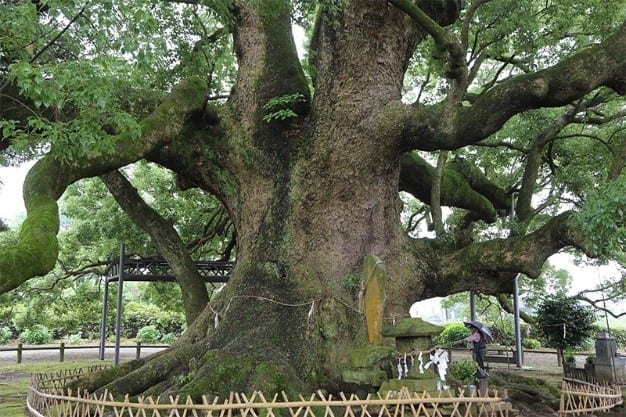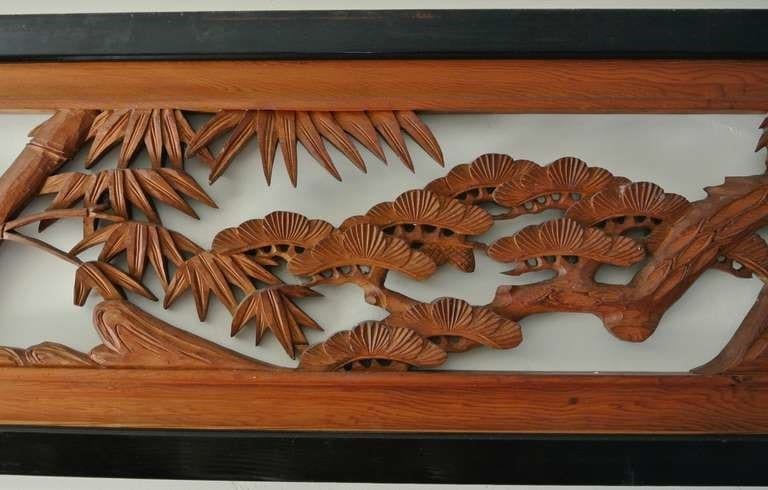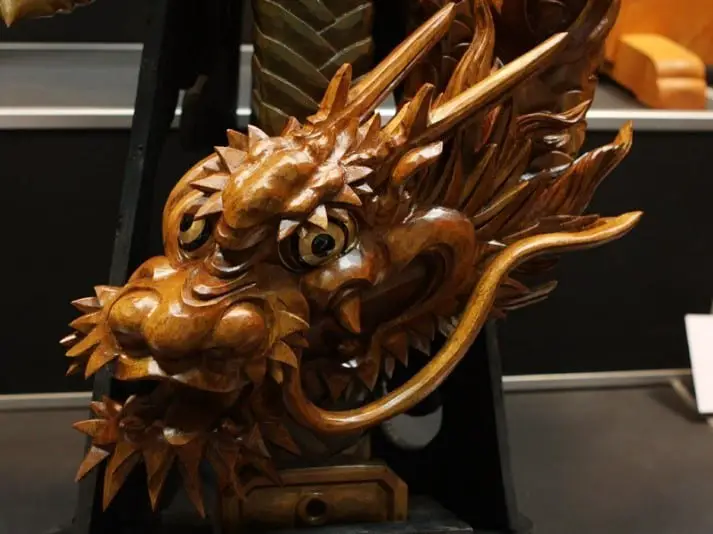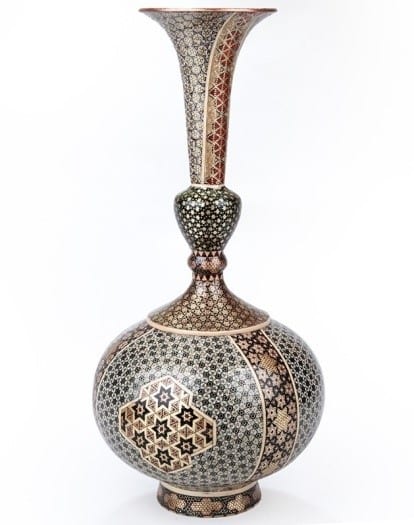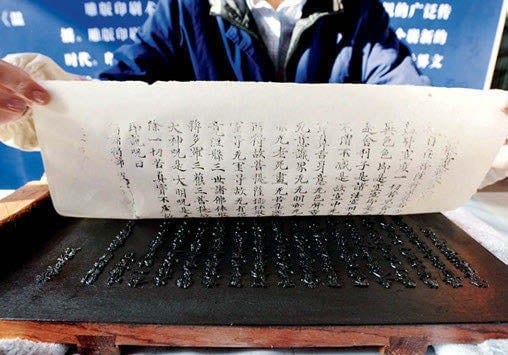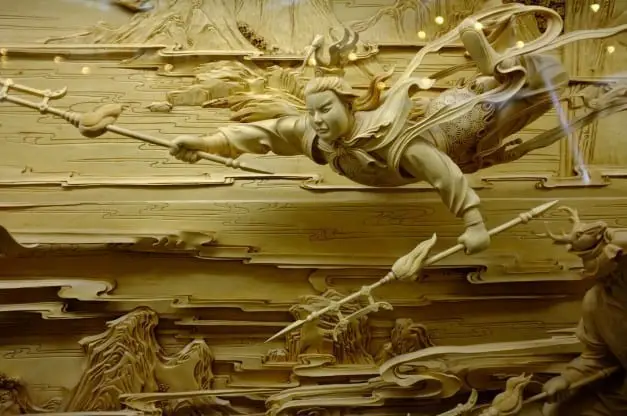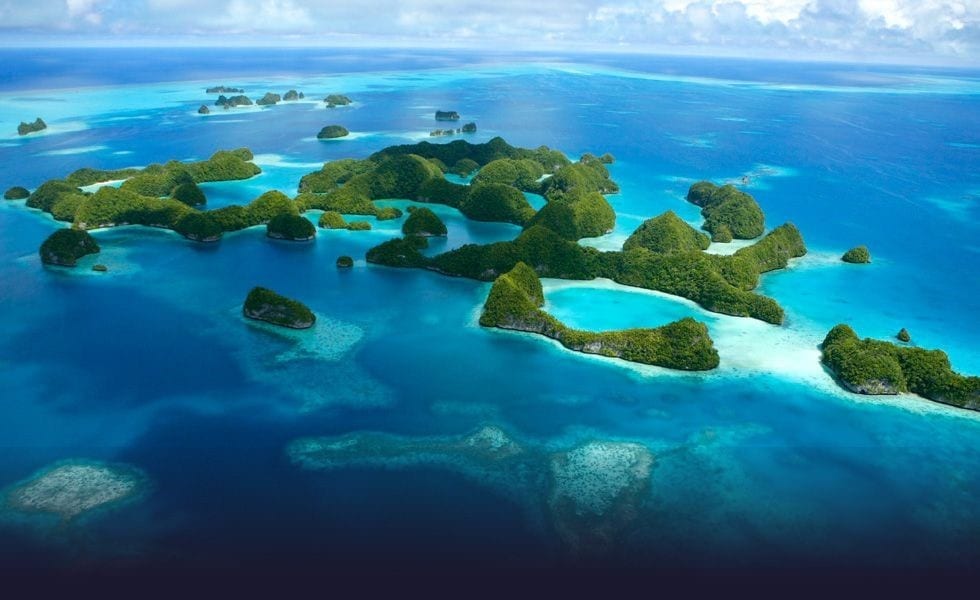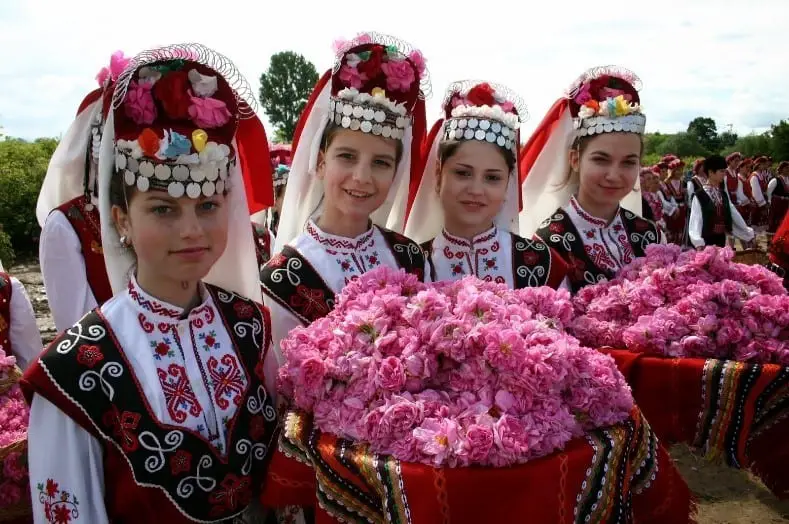It is no wonder that such a meticulous, outstanding and unique wood carving technique such as Inami Chokoku has originated from no other country but Japan.
Indeed, the Japanese have their own way of interacting with the world.
And while the Japanese ways can seem like a real mystery to the foreigners, it might be surprising to find out that the Japanese themselves are taught on how to develop impressive travel manners. Yes, omotenashi which translates into Japanese hospitality isn’t only limited to the way Japanese treat the tourists who come to visit the country of the rising sun.
Instead, whenever a group of Japanese is about to visit another country, it is the tour company’s duty to educate the group about how to treat the locals. This refers both to respecting the customs but also to following strictly the basic etiquette rules.
For the Japanese, it is extremely important that they leave a good impression. Moreover, the tour company usually further encourages Japanese tourists to do their best in terms of travel manners, since all of them are representing the country of Japan while they are traveling abroad.
This is one of the many examples which highlight the uniqueness of the Japanese nation and their deep respect for other nations.

But what’s more, the Japanese are notorious for the deep relationship they have with Mother Nature.
Below, we will dig into the secrets of Inami Chokoku and see where the ancient roots of this remarkable craft reach out nowadays based on the outstanding way that the Japanese understand the world.
Brief Introduction to Inami Chokoku: Origins of the Ancient Japanese Craft

The very roots of Inami Chokoku can be found at the Zuisen-ji Temple, which is located in Kamakura, Kanagawa Prefecture.
For a start, Zuisen-ji Temple has been burnt down many times throughout the course of history. The temple was built in 1327.
Zuisen-ji is a Buddhist Temple and is also known as the Flower Temple. And indeed, the gardens which embrace the notorious temple are mesmerizing.
Certainly, one can feel the signature of the Zen garden designer, who was also a priest, and a poet – Mr. Miso Soseki. It was Mr. Miso Soseki who founded the temple thanks to the support of the Lord of the Yamanashi area all the way back to 1327.
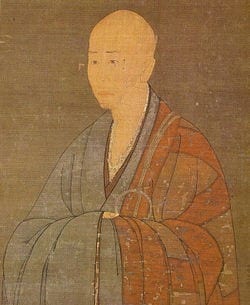
Moreover, the seemingly misfortunate story of the fires getting the temple burnt down over and over again turned out to work entirely for the better.
Each time the temple was burnt and then rebuilt, Inami wood carvings would be used to restore it and make it become even more beautiful.
Certainly, with each restoration, the wood carvings only became more exquisite, slowly turning the Zuisen-ji Temple into a birthplace of the art of Inami Chokoku.

However, it wasn’t before the Meiji Period which started in 1868 and lasted to 1912 that Inami Chokoku wood carvers finally specialized in the making of different kinds of masterpieces without being limited solely to the decoration and restoration of temples.
Specifics of Inami Chokuku Wood Carving
What sets the Inami Chokoku wood carving style apart from all the rest of the wood carving techniques we know, is actually not a single one but several key traits.
1) The Types of Wood Used in Inami Chokuku
As a rule of thumb, only highest quality wood is used in the art of Inami Chokoku.
In particular, these include
Zelkova Serrata
Zelkova Serrata, better known as simply zelkova, is a type of tree which is native to Korea, Japan, Taiwan, and Eastern China.
The trees grow to a medium size, and are deciduous, with a very attractive bark. Nevertheless, zelkova trees are popular in the art of Bonsai, as well.
Paulownia Sieb
The family of Paulownia trees includes approximately 6 to 17 different species. In Japan, Paulownia trees are also called “princess trees.”
They grow fast and tall and are also part of the deciduous tree specimens. The wood is fine-grained and very light. One particular type of Paulownia tree – Paulownia Tomentosa is called the fastest growing tree in the world.
Cinnamonum Camphora
Cinnamonum Camphora is widely known as the camphor tree. This is an evergreen tree which is native to Southern Japan, Vietnam, Korea, parts of China, and Taiwan.
Up-to-date, the largest specimen of Cinnamonum Camphora with a trunk circumference above 24.22 meters (over 66 ft) is the Great Camphor of Kamo – the Kamō no Ōkusu.
2) The Set of Tools Used in Inami Chokuku
Inami Chokoku master wood carvers possess and work with a complex set of instruments, which can often reach more than 200 in number.
Various carving knives and chisels are utilized, with a mind to being only of highest-quality in order to bring life to each detail. Amazingly, no files are used in the art of Inami Chokoku.
3) The Golden Rule of Inami Chokuku
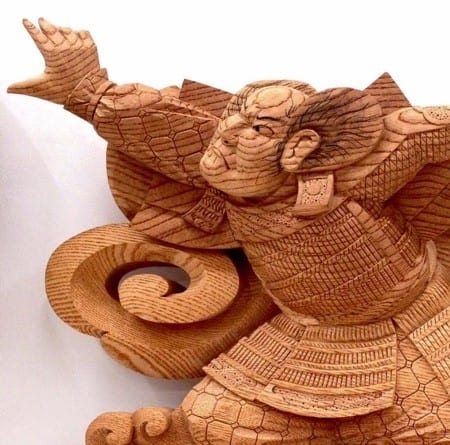
As a rule of thumbs, the art of Inami Chokoku includes the making of each work to follow a particular golden rule: that it must be made out of single pieces of wood. Of course, working with single pieces of wood is great for the environment, as it also helps to eliminate any wastage of the precious materials.
However, it can be also challenging in terms of wood carving as it limits part of the moves the wood masters can make while working. But then again, this is why the Inami Chokoku craft is one-of-a-kind.
Different Types of Inami Chokoku Wood Carving Styles: Merging the Ancient Traditions with Modern-day Innovations
Tsuitate
In Japanese culture, tsuitate is used for both practical, as well as decoration purposes.
To illustrate this, tsuitate refers to vertical planks, which can be placed in a room and divide the space, much as a screen.
However, apart from simply dividing a room, tsuitate brings the beauty of wood carving straight into our homes. Thus, many Japanese families use tsuitate instead of a fusuma which refers to a simple sliding door.
Thanks to the application of Inami Chokoku carvings, contemporary tsuitate facilitates the beauty of the ancient craft, making its way further into modern-day society.
Ranma
For a start, ranma is widely used in the traditional Japanese washitsu rooms. A washitsu room can serve many purposes, as it can be used as a guest room, a family room, or even a room where one can spend quality time relaxing alone.
Above all, washitsu rooms have tatami floors and the sliding doors briefly mentioned above – fusuma.
When it comes to ranma and washitsu rooms, the ranma refers to the transition elements which help to ensure a proper ventilation, as well as lightning.
However, ranma is mostly utilized in order to decorate the washitsu rooms and bring beauty into the home interior design. Finally, the element of ranma is better known as transom.
Contemporary Inami Chokuku
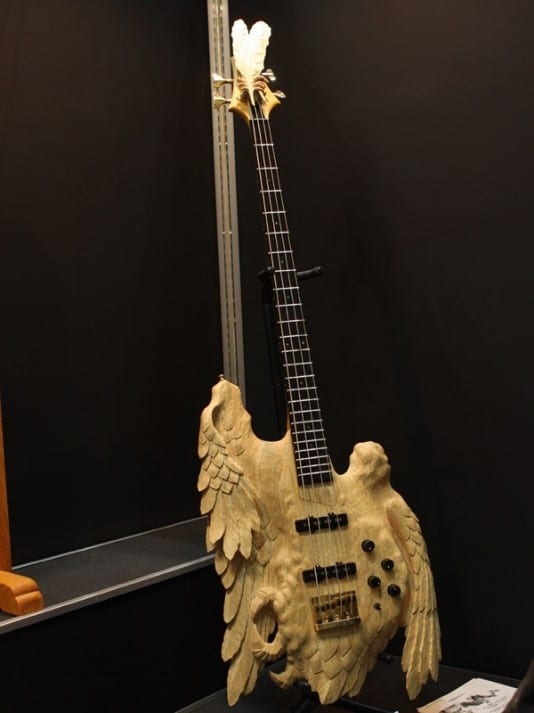
Certainly, Japan is well-known as one of the most technologically advanced countries in the world.
Thus, it comes as no surprise that the Japanese have come up with incredible ways to incorporate the art of Inami Chokoku into modern-day life.
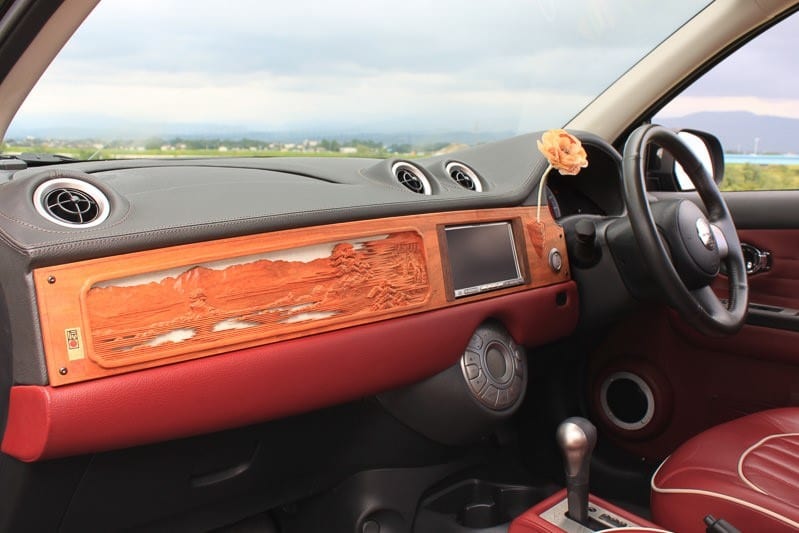
Places Where We Can Admire the Art of Inami Chokuku in Japan
Certainly, the nowadays equivalent of the ancient birthplace of Inami Chokoku – the Zeisin-ji Temple, is the city of Nanto, which is located in the Toyama prefecture.
Nevertheless, apart from the notorious craft street known as Yokamachi Dori, there are also several other places where connoisseurs can indulge in the art of Inami Chokoku.
However, visiting the Yokamachi Dori Street is highly recommended, as it is an intricate part of entering the Zeisin-ji Temple. While walking the Yokamachi Dori Street, we can also meet with the master wood carvers in their workshops.
Inami Wood Carving Composite Hall
The Inami Wood Carving Composite Hall is the home of over 200 stunning pieces of Inami Chokoku wood carvings.
Not only are the beautiful Inami Chokuku designs displayed in the very hall but the hanging examples are also displayed close to the ceilings, too. What’s more, there are also Inami Chokoku carvings available for sale.
The Village of Woodworking – Kibori no Sato
The Village of Woodworking in Japan is an incredible place where tourists can enjoy various masterpieces carved by the hands of Inami Chokoku masters.
But moreover, the village provides the special opportunity for actually taking part in the craft of Inamu Chokoku by attending a lecture held the local artisans. During the lectures, one can learn much about the secrets of Inami Chokoku first-hand.
Inami International Wooden Sculpture Camp
Every year an incredible event takes place in the city of Nanto, Inami area. This event is created following the theme of “bringing the world together through wooden sculpture.”
The Inami International Wooden Sculpture Camp has been held annually since 1991. This is a beautiful place to exchange international experience when it comes to the art of woodworking. Thus, visitors can communicate with the wood virtuosos who showcase their skills by sculpting wood in the open air.
The Bottom Line
The Japanese keep stunning the world with their modern-day inventions, such as the bitescan – a product which is created in order to help users achieve the perfect chewing habits.
Yes, you read this right! A special device was designed by the Japanese, resembling much a regular Bluetooth device. It is no secret that the Japanese are highly engaged with the healthy lifestyle, and chewing is considered an extremely important habit for our well-being.
Certainly, we can learn a lot from the way Japanese respect and nurture patience as a virtue.
And indeed, the traditional craft of Inami Chokoku is closely related to developing a certain set of skills, with patience ranking very high in the scale of talents one needs in order to master the art of Inami Chokoku.
But above all, learning more about the ancient cultural inheritance of other nations is the gateway to melting the boundaries away in order to create a better world, where love and respect are equal for all living beings. Thus, decade after decade, the beauty of carving wood has been uniting people throughout the globe.
